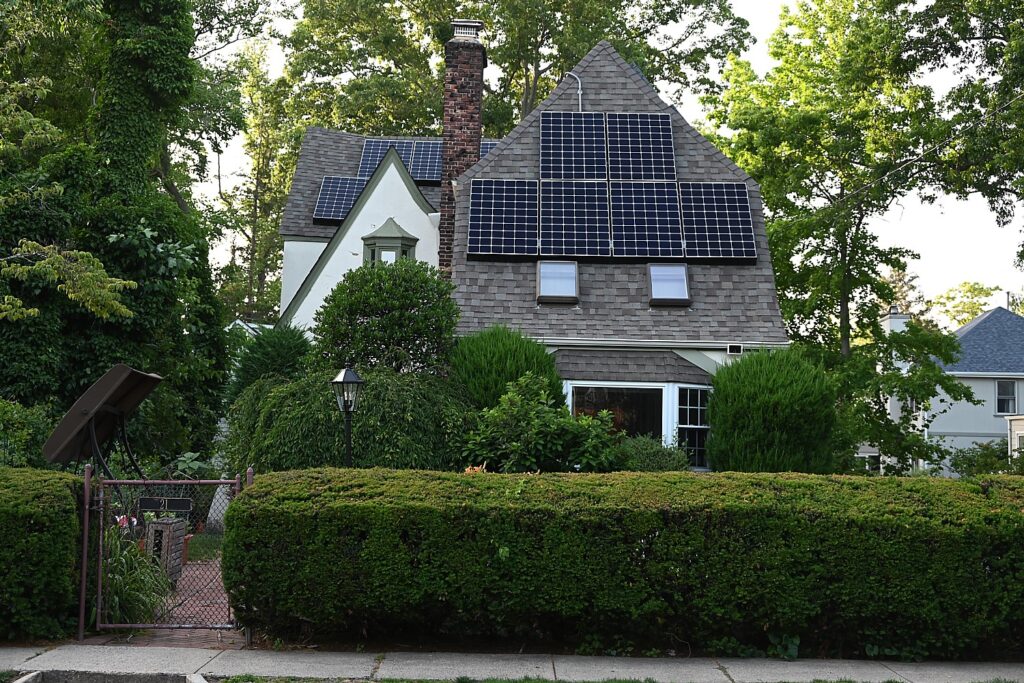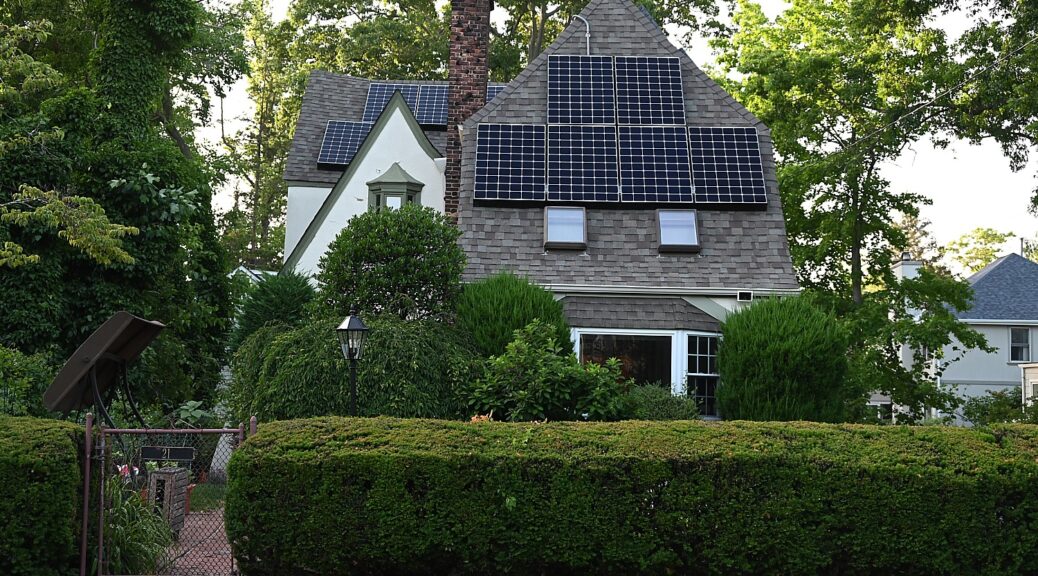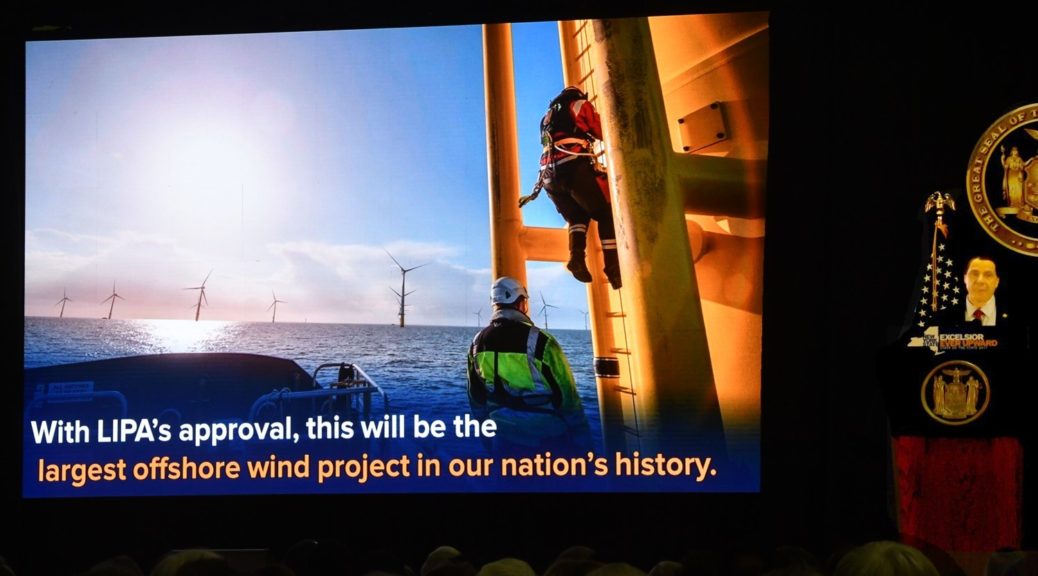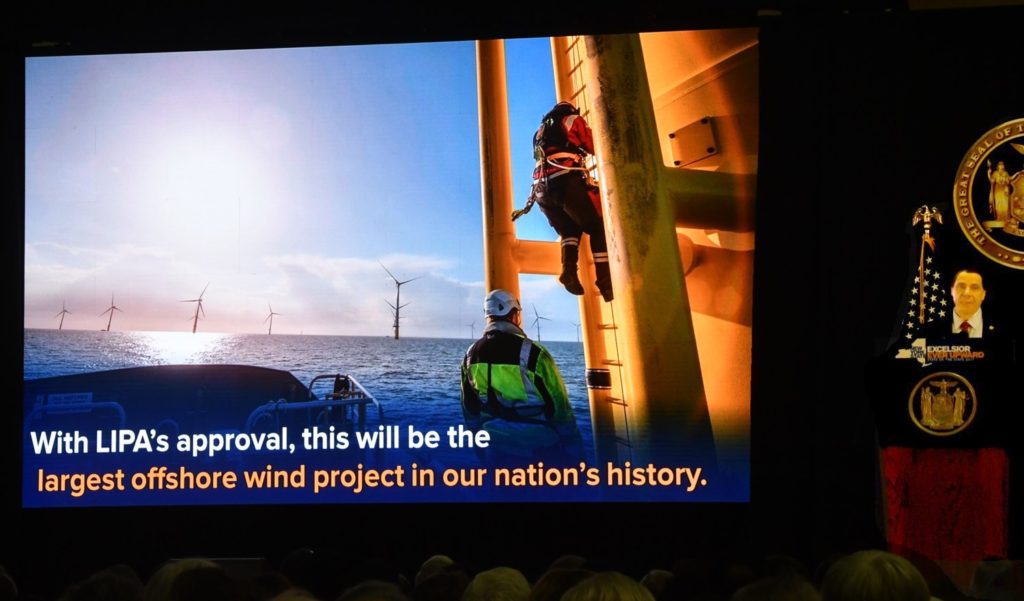
New York State Governor Kathy Hochul today announced the launch of a new $30 million initiative called Building Better Homes – Emissions Free and Healthier Communities to build market capacity and demand for healthier decarbonized homes and neighborhoods. The initiative will establish a network of builders and developers that are committed to building carbon neutral single-family homes and neighborhoods and provide training and technical support to builders and developers interested in both advancing the single-family carbon neutral housing market and marketing themselves as leaders in decarbonization and healthy home construction. Advancing carbon neutrality in the building sector supports the state’s nation-leading goal to reduce greenhouse gas emissions by 85 percent by 2050 as mandated by the Climate Leadership and Community Protection Act (Climate Act).
“Single-family homes are too often overlooked as sources of greenhouse gas emissions in New York and it’s crucial we work with both developers and homebuyers to reduce emissions,” Governor Hochul said. “Through the Building Better Homes initiative and its incentives, we are not only ensuring homebuyers have greener options to choose from, but also that we continue to work with the building and development industries to pave the way towards a more sustainable future.”
The initiative will be administered by the New York State Energy Research and Development Authority (NYSERDA), and today’s announcement makes $5 million available under phase one of the program to support builders and developers seeking training, technical assistance, marketing support, and funding to build carbon-free model homes. This program will grow the carbon neutral single-family home market as well as support modernization and decarbonization of building designs and construction practices to incorporate carbon neutral technologies and cost-effectively deliver high quality, healthy, resilient, and sustainable homes. Applications to become a program partner, with up to $250,000 available per partner, will be accepted through December 31, 2023. For more information on this opportunity and how to become a partner, please visit NYSERDA’s website.
As part of the Building Better Homes initiative, NYSERDA is also partnering with New York State Builders Association and the Asthma and Allergy Foundation of America (AAFA), to advance construction of carbon neutral homes and promote their non-energy benefits, particularly indoor air quality improvements associated with the absence of combustion appliances and the inclusion of balanced ventilation. These partnerships will provide information about the health benefits of carbon neutral construction that builders and developers can integrate into their own materials to educate homebuyers. Through the partnership with AAFA and their existing diversity, equity and inclusion programming, special attention will be paid to educating the builder network about the health benefits of carbon neutral construction in disadvantaged communities, which traditionally have higher rates of asthma and allergy, in part due to the siting of fossil fuel plants and transportation corridors in these neighborhoods as well as in-home combustion.
“NYSERDA is launching the Building Better Homes initiative, in recognition of the impact of harmful building emissions on New York State residents and the world in general,” President and CEO of NYSERDA Doreen Harris said. “Through public-private partnerships, we are taking action to transform the market for carbon neutral homes by highlighting the health benefits of this type of construction and catalyzing market demand as we advance the state’s climate and clean energy goals.”
With over 12,000 new homes being built per year, addressing the single-family home new construction market is critical to achieving the State’s climate and energy goals. As the State implements the Climate Act, any home built with fossil fuel equipment and appliances will need to be retrofitted in the future, adding costs and hassle to homeowners. Building entire neighborhoods without the need to expand natural gas infrastructure, while still providing the quality and features that homeowners want such as fireplaces, swimming pool heaters, and outdoor entertainment areas, will significantly reduce the costs of new developments.
“Build Better Homes is an important initiative in our efforts to put New York on the path toward reaching our goal of net-zero greenhouse gas emissions,” State Senator Brian Kavanagh said. “In addition to strong mandates for zero-emissions, we will need to increase the capacity of the building sector to build all-electric homes and other critical sustainable infrastructure, as this program will do. While there is an urgent need to invest in sustainability on a much larger scale, Build Better Homes is a good step in the right direction. I thank Governor Kathy Hochul, NYSERDA Chair Richard Kauffman, and everyone at NYSERDA for their ongoing commitment to making New York a leader in creating a sustainableworld.”
“Today’s announcement of the Building Better Homes initiative demonstrates our state’s continued commitment to achieving our statewide emissions and energy goals,” Assemblymember Michael Cusick said. “In order to meet these goals we must address all sources of emissions including single family homes. While larger commercial or residential buildings are often highlighted as major targets for emissions reduction, it is crucial that we not overlook any source of infrastructure emissions and this initiative is a strong step towards significantly reducing single family home emissions.”
“NYSBA is proud to support this Building Better Homes initiative that will enable builders and developers to meet increased performance requirements and build healthier homes for their customers,” Assemblymember Michael Cusick said. “NYSBA strongly believes that state financial investment plays an important role in providing builders and homeowners a cost-effective way to invest in energy efficiency.”
“The Asthma and Allergy Foundation of America (AAFA) is grateful for the work New York is doing to make homes healthier and safer for people affected by asthma and allergies, by improving indoor environments and removing emissions-emitting appliances within the home,” CEO and President of the Asthma and Allergy Foundation of America Kenneth Mendez said. “Making healthier homes available will improve the lives of families in New York State and I hope will improve health outcomes for communities that are disproportionately impacted by asthma and allergies.”
“New York State and NYSERDA continue to be leaders in the effort to decarbonize the built environment, and we at Phius are proud to be working alongside them in an effort to bring healthier, more efficient homes to the residents of New York and beyond. We hope to see other states and municipalities continue to follow suit in the near future,” Executive Director and Co-Founder of Passive House Institute of the United States (PHIUS) Katrin Klingenberg said,
Building Better Homes is part of a multi-year investment to decarbonize single family home new construction, and subsequent phases of the program will provide funding for entire carbon neutral neighborhoods to be built, with a goal to increase home buyer demand for healthier carbon neutral homes by educating home buyers on the health and performance benefits. NYSERDA will launch the second phase of this program in mid-2022 with $10 million in funding as a design competition, similar to its successful Buildings of Excellence Competition, which awards exemplary carbon-neutral multifamily building designs. A third component of the program will launch in 2022 to build consumer demand by educating homebuyers on healthy and emissions free home construction.
Today’s announcement also advances recommendations included in New York State’s draft Carbon Neutral Buildings Roadmap, which identified building market capacity through training and technical support as a critical barrier to achieve scale for decarbonization in the new construction market.
Buildings are some of the largest sources of greenhouse gas emissions in New York State, and integrating energy efficiency and electrification measures in existing buildings will reduce carbon pollution and help achieve more sustainable, healthy, and comfortable buildings. Through NYSERDA and utility programs, over $6.8 billion is being invested to decarbonize buildings across the State. In addition to the carbon benefits, these projects will also help the State achieve its ambitious energy efficiency target to reduce on-site energy consumption by 185 TBtu by 2025, the equivalent of powering 1.8 million homes.
This program is funded through NYSERDA’s $6 billion Clean Energy Fund.
New York State’s Nation-Leading Climate Act
New York State’s nation-leading climate agenda is the most aggressive climate and clean energy initiative in the nation, calling for an orderly and just transition to clean energy that creates jobs and continues fostering a green economy as New York State recovers from the COVID-19 pandemic. Enshrined into law through the Climate Leadership and Community Protection Act, New York is on a path to achieve its mandated goal of a zero-emission electricity sector by 2040, including 70 percent renewable energy generation by 2030, and to reach economy wide carbon neutrality. It builds on New York’s unprecedented investments to ramp-up clean energy including over $33 billion in 102 large-scale renewable and transmission projects across the state, $6.8 billion to reduce buildings emissions, $1.8 billion to scale up solar, more than $1 billion for clean transportation initiatives, and over $1.6 billion in NY Green Bank commitments. Combined, these investments are supporting nearly 158,000 jobs in New York’s clean energy sector in 2020, a 2,100 percent growth in the distributed solar sector since 2011 and a commitment to develop 9,000 megawatts of offshore wind by 2035. Under the Climate Act, New York will build on this progress and reduce greenhouse gas emissions by 85 percent from 1990 levels by 2050, while ensuring that at least 35 percent, with a goal of 40 percent, of the benefits of clean energy investments are directed to disadvantaged communities, and advance progress towards the state’s 2025 energy efficiency target of reducing on-site energy consumption by 185 trillion BTUs of end-use energy savings.



